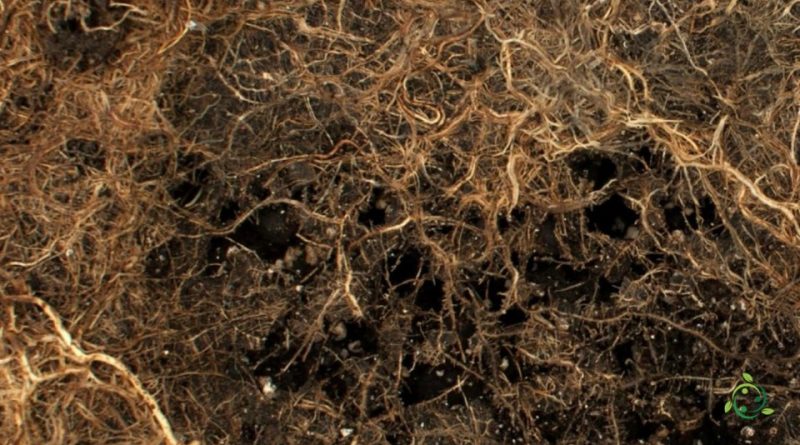Glomalin
Glomalin
Glomalin (GL) is a protein found in soil and is associated with the formation of aggregates of soil particles called glomalin aggregates. This protein is produced by soil microorganisms, such as arbuscular mycorrhizal fungi (AMF), and plays an important role in the structure and stability of soils.
Specifically, Glomalin is a non-water-soluble and highly persistent glycoprotein compound produced in mycorrhizal fungal cell walls (in particular by the hyphae and spores of arbuscular mycorrhizal fungi (AMF)) which remains in the soil even after hyphal death.
Glomalin was discovered in 1996 by the research team of Sara F. Wright, a researcher with the Agricultural Research Service of the USDA. The name comes from the phylum Glomeromycota.
Glomalin aggregates are made up of soil particles, organic material and glomalin, and can contribute to soil structural stability, helping to prevent erosion and improve the soil’s ability to retain water and nutrients. Glomalin is also involved in the formation of mycorrhizae, a symbiosis between arbuscular mycorrhizal fungi and plant roots, which can increase nutrient uptake by plants.
Glomalin-related soil proteins (GRSPs), together with humic acids, are a significant component of soil organic matter and act to bind mineral particles together, improving soil qualities. Glomalin has also been studied both for its carbon and nitrogen storage properties and as a potential method of carbon sequestration.
Furthermore, it is also hypothesized that glomalin also improves the stability of soil aggregates and reduces their erosion. Indeed, a strong correlation has been found between GRSP and soil aggregate water stability in a wide variety of soils where organic material is the main binding agent, although the mechanism is not yet known.
Research on glomalin is still ongoing, but it is considered an important element for soil health and plant growth in agricultural and forestry communities. Its presence and concentration can be influenced by various factors, including the type of soil, surrounding vegetation and agricultural practices.

